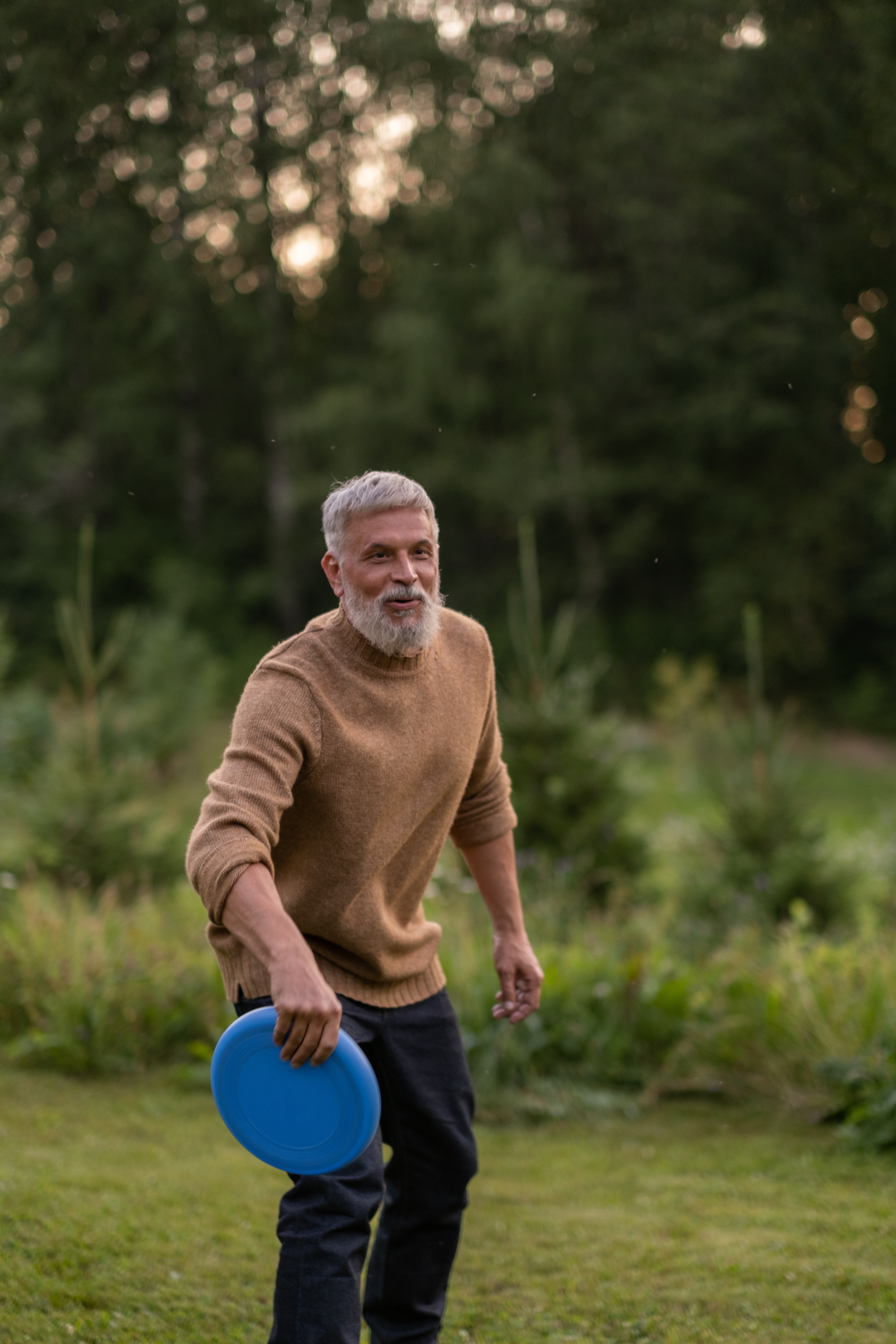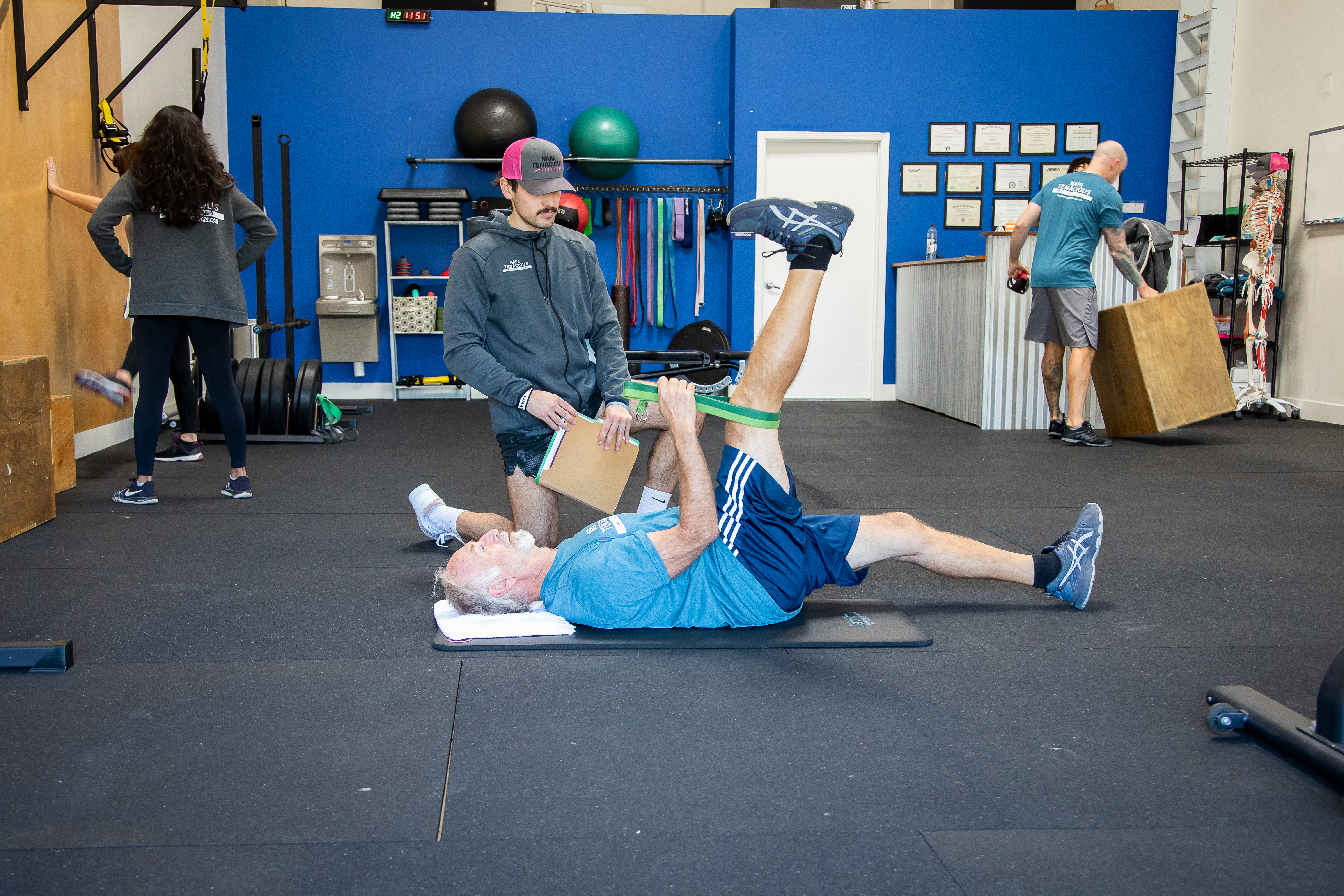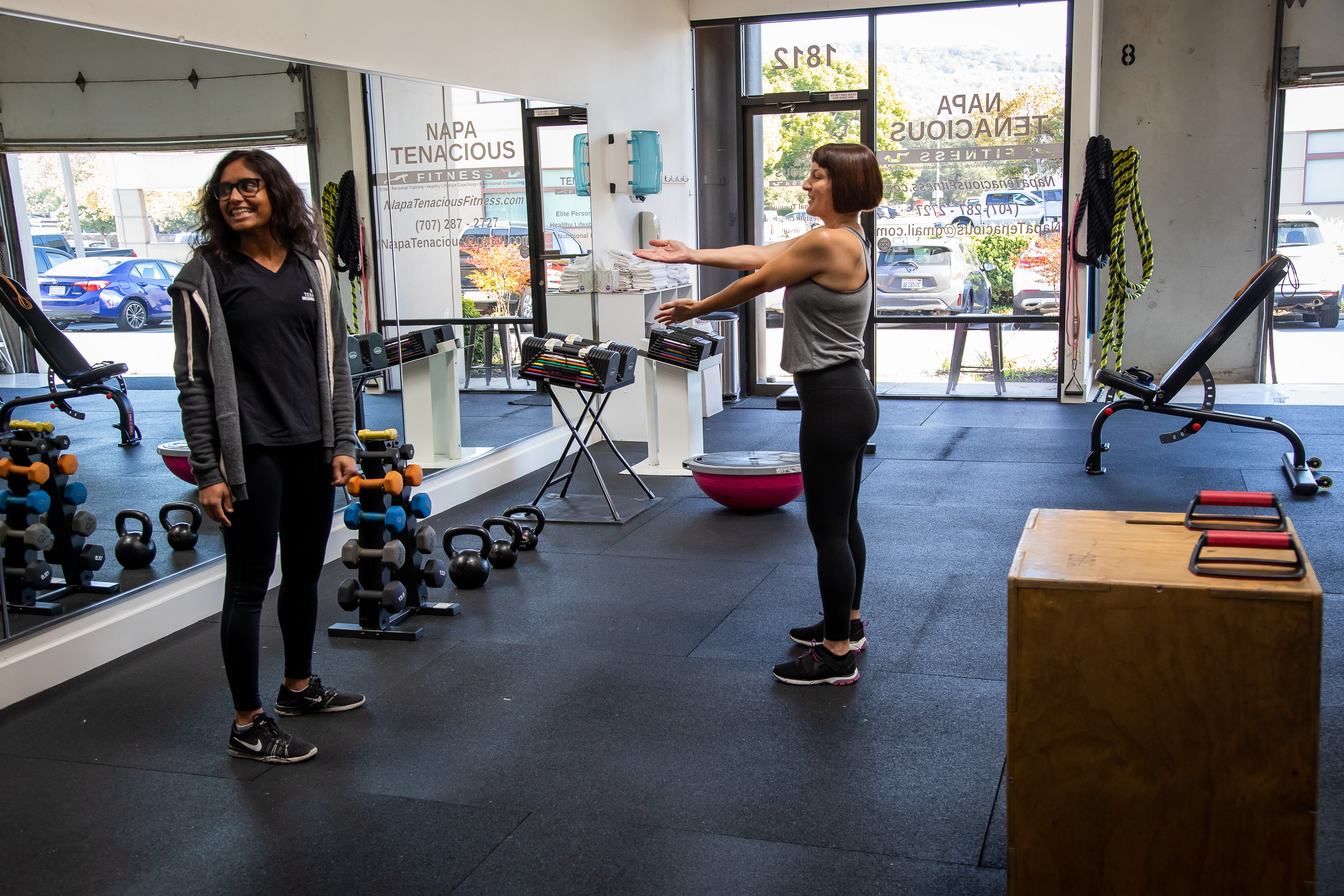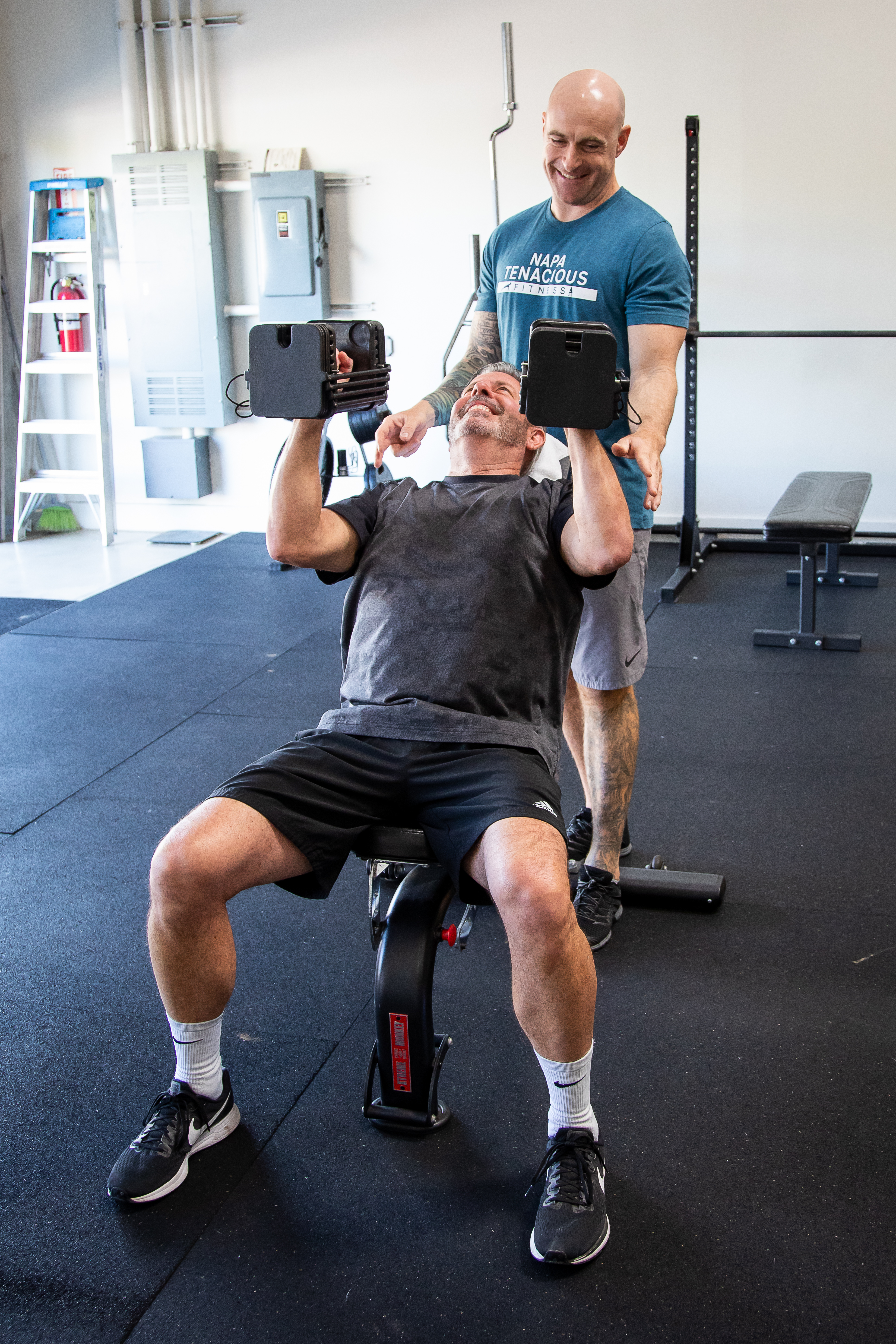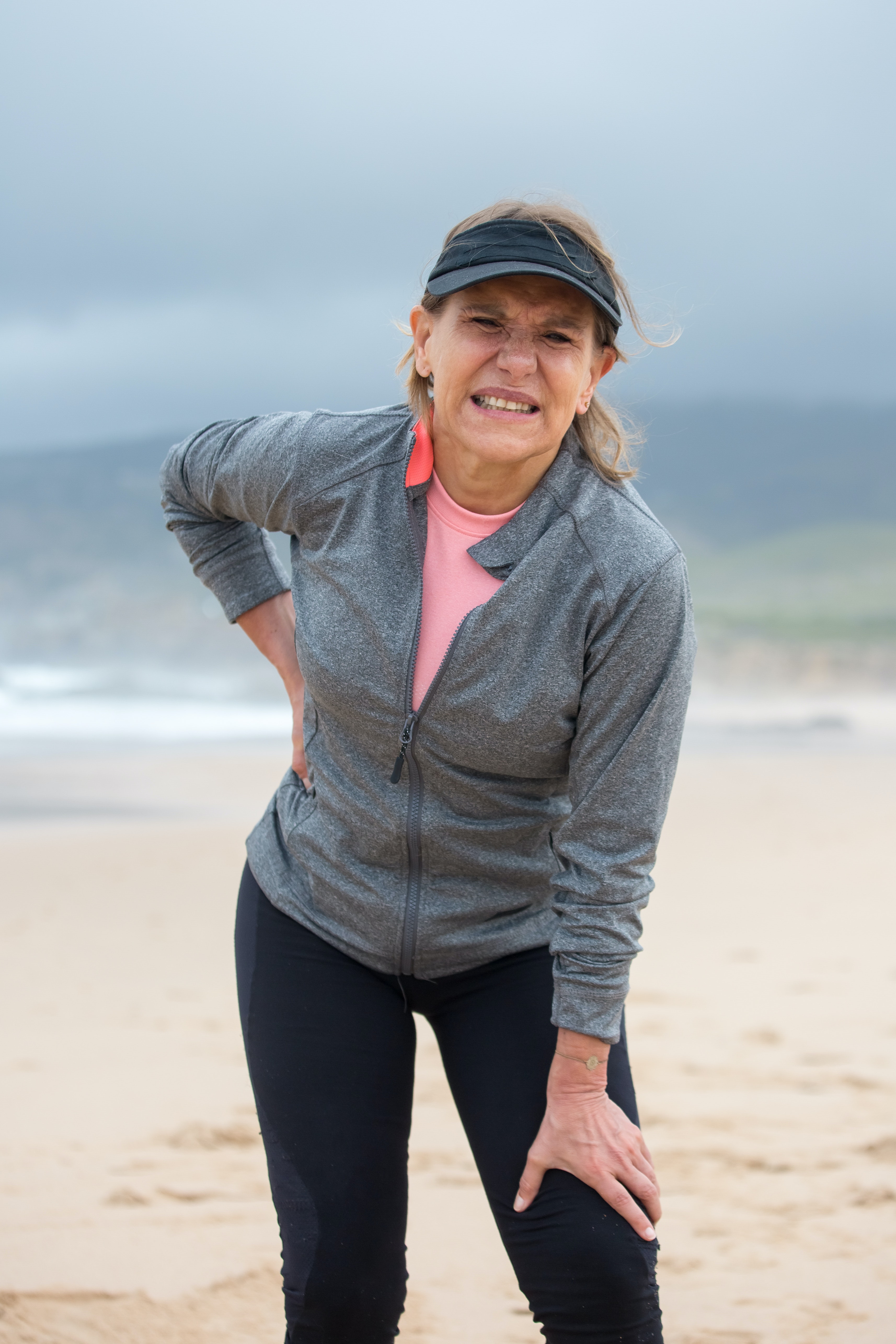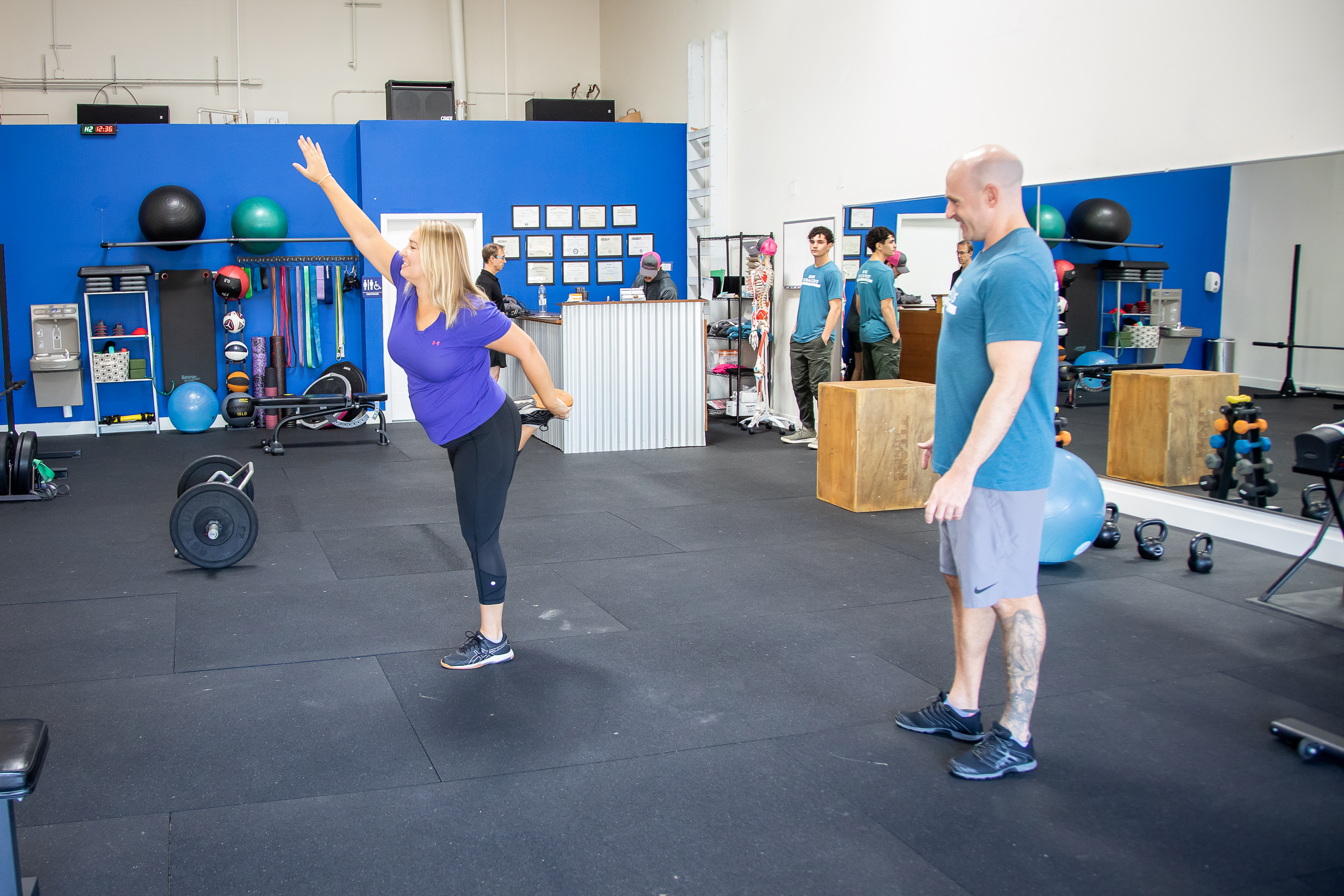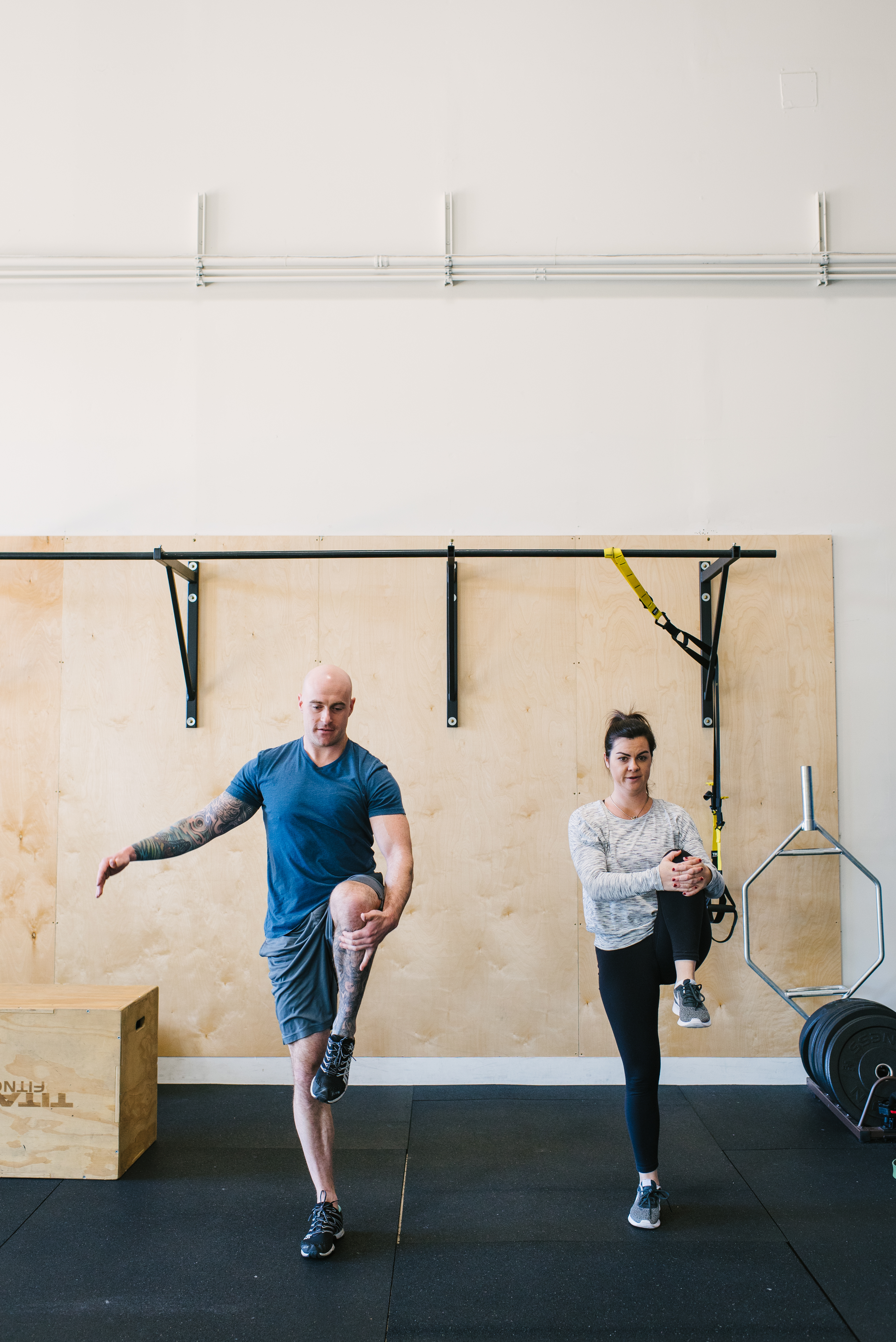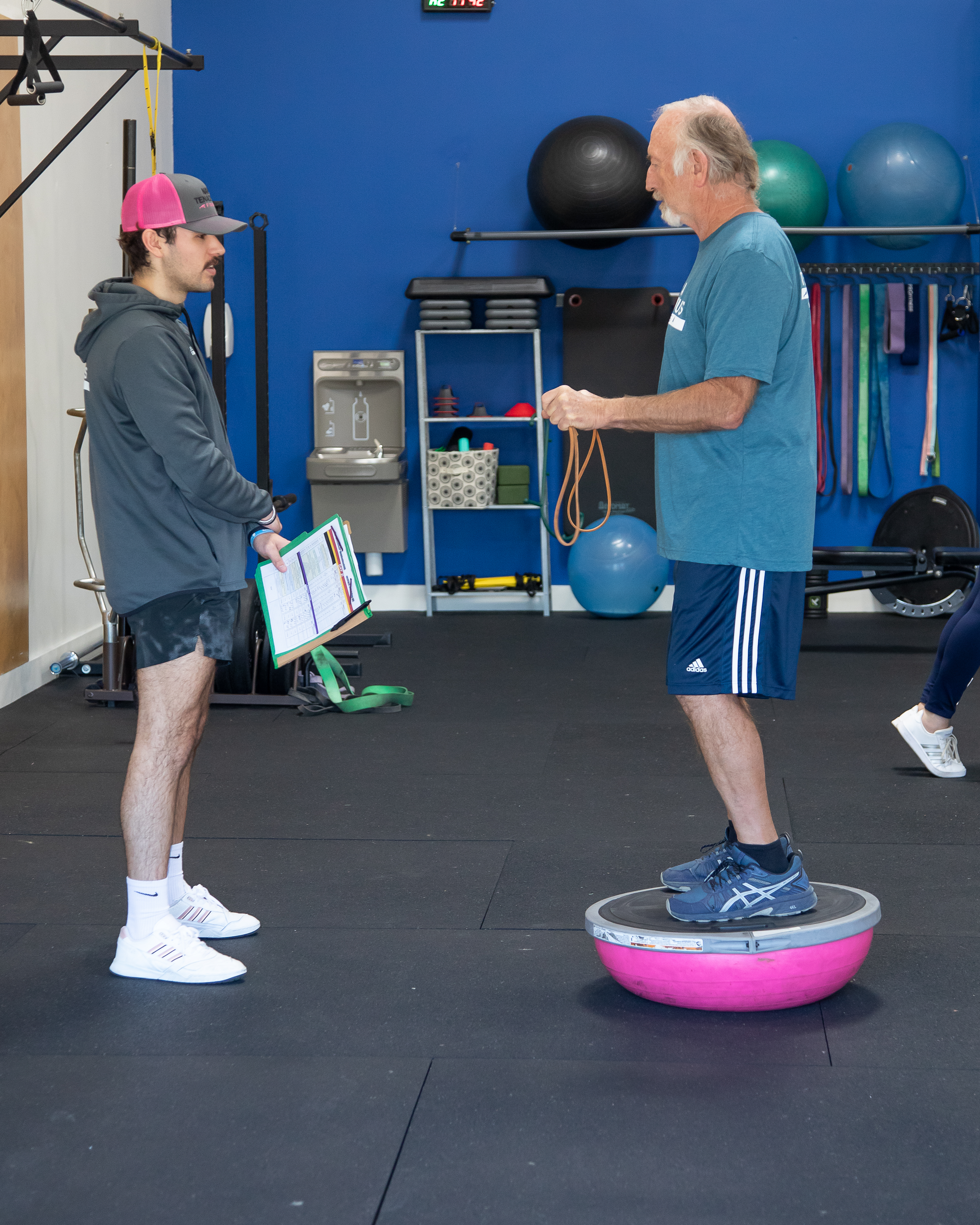Weight loss is one of the most common fitness goals. Whether shedding a few pounds to look for good for a summer cruise, managing body weight afflicted by metabolic diseases, or simply maintaining a healthy weight because it feels good, attention to how much one weighs is essential. Usually, a doctor’s recommendation for healthy body weight reflects a healthy ratio of lean muscle to fat mass. Lower concentrations of subcutaneous fat mass indicate a person is practicing techniques to support an optimally functioning body.
Expending sufficient calories throughout the day is an essential component of managing weight. Adherence to exercise, acquiring enough steps on your wearable technology’s display of activity rings, or keeping up on chores around the house assist in healthy overall body composition. Let’s not forget the importance of dietary awareness. The decisions about what types of food enter the body are just as important, if not more important, than adhering to a consistent exercise routine.
The term “you are what you eat” is an accurate statement. Indeed, a body fueled by three to four weekly trips through the McDonald’s drive-through more than likely illustrates the image of a body that looks like it has undergone regular visits to a fast-food restaurant. In addition, excess carbohydrates and overconsumption of value meal-sized portions have the potential to trigger additional fat storage. Conversely, consuming veggies and lean protein five to six times per week at the dinner table will likely reflect a body with a lower concentration of fat mass and an increased presence of lean muscle mass. However, choosing what time of day to consume specific types of food is also critical.
Identifying what time of day to eat specific types of food is a valuable skill for managing optimal dietary decision-making. Just as a review, the foods we eat are comprised of three primary substrates that act as functional units to fuel our bodies. Proteins are responsible for building, maintaining, and resynthesizing connective tissue and muscle stressed from exertive physical activity bouts. Carbohydrates are essential sugars that convert to energy to create muscular interactions and move the body. Fats are lipids and oils that act as an additional fuel source, coat cellular membranes, and are transported to the area under our skin for storage and insulation.
Understanding calorie substrate functions helps optimize our decision-making in specific circumstances throughout the day. Choosing to eat foods with higher carbohydrate consumption when the body is enduring bouts of exertive physical activity assists the body in having fuel to perform. For example, having a bowl of oatmeal, toast, or a piece of fruit before entering a workout class is beneficial to exercise performance. Eating carbohydrate-rich foods earlier in the day also benefits our daily routine. The first portion of our day is usually when we are a little more active. Humans typically do more when the sun is out after waking. Manual labor, chores, and walking happen more during the early half of the day. We are more likely to use carbohydrates as a fuel source if we eat them earlier in the day.
We usually prefer to wind down and move less during the late afternoons and dinnertime. Consuming carbohydrates during periods of low physical activity can trigger fat storage. The sugars in the carbohydrate types of food won’t be used as energy if the body doesn’t demand them to be used. The result of unused carbohydrates triggers the conversion of sugars into stored fat. Therefore, understanding the specific circumstance of eating carbohydrates when the body is in a state of high or low physical activity can significantly improve the body’s ability to maintain a healthy lean muscle mass to subcutaneous fat level.
Let’s not demonize carbohydrates and fats in food too much. Starches, sugars, and fats in food possess functions that aid in the overall upkeep of the body. Therefore, educating ourselves on what is in our foods is essential. Having a firm grasp on what foods you eat during the highly physically active vs. lower physically active scenarios is crucial to our long-term health and balanced body composition.
Sean McCawley, the founder and owner of Napa Tenacious Fitness in Napa, CA, welcomes questions and comments. Reach him at 707-287-2727, napatenacious@gmail.com, or visit the website napatenaciousfitness.com.


